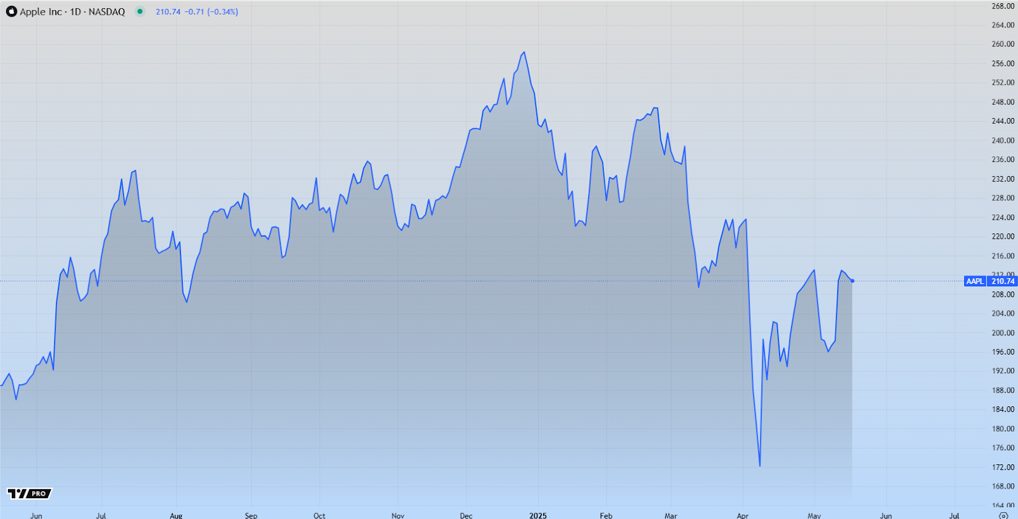Valves are known as a device responsible for controlling the flow of media involving different liquid or gas types. They are intended to regulate or halt the flow. The complexity of operations varies on the application they cater to as well as the required parameters they can support. Aligned to their common uses are the characteristics which make them unique at every turn. With the different designers, manufacturers, and distributors, the valve industry continues to flourish.
One of the industries valves cater to is the marine industry. Valves are involved when dealing with fuels, waste, and seawater. Marine valves have grown throughout the years with better and more efficient performance in operations. With the help of technology, what marine valves can do have grown. From the identification of media to aligning with the required parameters in operations, marine valves exhibit exemplary performance in different applications.
Understanding Marine Valves
Valves designated for the marine industry is responsible for more than just controlling the flow of media and pressure through the pipeline. They are designed to withstand different pressure and temperature conditions considering the variety of media they are exposed to. The start and the stop of the media flow is the main responsibility of marine valves. They can keep up with the regulation of the downstream system or the pressure process.

There are four classified valve types designated for marine utilization; isolation valves, regulating valves, backflow prevention valves, and pressure relief valves. They work hand in hand to provide an operation free from obstruction and potential downtime. These four play an integral part in operations considering different conditions and media responsible for controlling and giving direction to the flow of media.
Whether it is above or below the decks, marine valves perform different responsibilities. There are two main needs in vessels. One of which is their source of energy to power and run their engines. The second one is their requirement of marine valves to control the storing and loading of media used. Cargo ships, for example, are operated by a complex system requiring different valves used to direct the fuel to the number of tanks on the ship. The components in a marine operating system vary depending on the size and weight of the marine transport vehicle.
Water, for example, is one of the complex operations in the piping system because of their poor resistance to oxidation. That is why professionals suggest to carefully evaluate the valves to be used to make up for marine operations. When it comes to fresh marine applications, they replaced the carbon steel materials with stainless steel valves. This promoted the resiliency and consistency in operations.
Saltwater is one of the most commonly exposed media in the marine industry. Their decision to replace carbon steel with stainless steel will save them the time and cost of repairing and maintaining components. Another material used in marine valves in bronze alloys or other higher alloy material. The top material for valves and components is aluminum bronze. Apart from the fact that it is corrosion resistant in spite of seawater exposure, they are low in cost.
In planning a marine inclined project, the team of engineers seeks for high-end components to ensure not just smooth but safe operations. They scrutinize several valve manufacturers to seek consultation and evaluation. Marine valves are industrial grade valves that are designed to withstand the media ships and vessels are mostly exposed to. As much as possible, they create long term solutions not just to cut the costs but to maximize the operations of the system.
Without these professional-grade valves, operations in the marine industry are expected to be slower and expensive. They handle large operations. New innovations and developed components are highly considered to check which works with the required perimeters of the marine industry. They continue to seek potential materials that can withstand the media they are usually exposed to. Expensive or not, the objective is to introduce a long term solution that will exhibit efficiency in operations, repair, and maintenance.
Types of Valve Which Best Suit the Marine Industry
What are the top valves used in the marine industry? Gate valves, globe valves, and check valves. They have their own unique properties that support different operations involving different liquid and gas types.
Gate Valve
So, what is a gate valve? It is a shut-off device whose operations are in a linear motion to regulate or halt the flow of media. Unlike other valve types, they cannot service throttling flow. They are commonly used in industries exposed to the gas, water, oil, steam, and other services.
Globe Valve
A globe valve uses a movable disc to regulate the flow of media within a pipeline. In design, they are similar to ball valves. They do not just enable effective and efficient flow control. They also exhibit a convenient manual operation.
Check Valve
Check valves are designed to prevent the backflow of media. They keep the flow of media in one direction to avoid obstruction and malfunction of the operating system. They are best used in the marine industry considering the media they are exposed to.
Conclusion
Due to the modernization of components such as valves, ships and barges are empowered with globe, gate, and check valves. The increasing progress of marine valve manufacturing offered several valve types. In which, what dominated the marine industry are gate valves and butterfly valves. The variety of marine applications have proven their need for valves that can keep up with pressure, temperature, and composition of media.





